Because they have a small area of contact, large cable drums cause high point loads. This means that the demands on the packaging are very high. In order to avoid point loads, load distribution frames must be used with heavy cable drums. These load distribution frames must be chosen to match the weight of the cable and the packaging and the expected load-bearing capacity of the loading area. 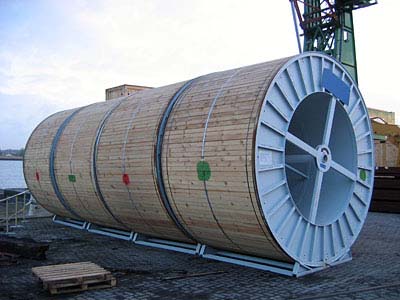
Figure 113: Good packaging for heavy cable drums 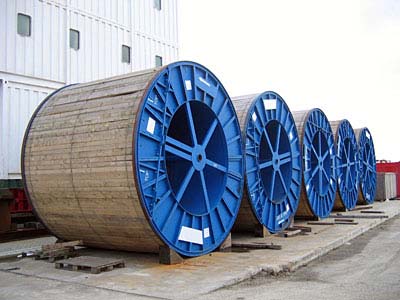
Figure 114: Poor packaging for cable drums > 40 t During transport by sea, the packaging is subject to acceleration forces that can act in all directions. The side walls are put under considerable load. 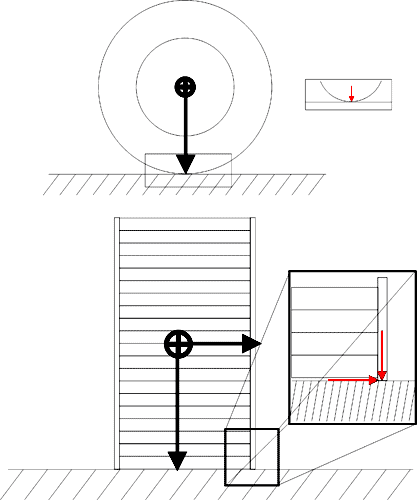
Figure 115: Forces that act on the side walls of the cable drums 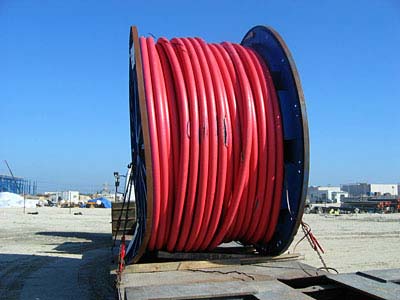
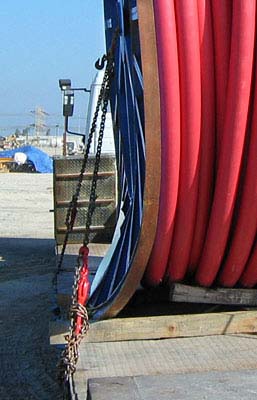
Figure 116 (with detail enlarged): The consequences of inadequate packaging 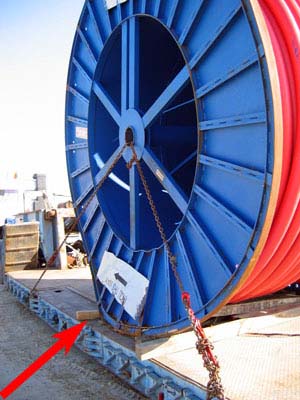
Figure 117: The consequences of inadequate packaging, from another angle As a result of the side walls distorting, the cladding boards are no longer secured and drop out. The tension on the load securing materials attached to the drums cannot be upheld and the drums begin to move. A total loss such as this can no longer be avoided (Figures 116 and 117). As of a total weight of 5 tons, load distributing mechanisms must therefore be used. These not only distribute the forces across the side walls of the drums, but they also distribute the load on the deck of the ship. For transport by truck also, adequate load-distributing measures are unavoidable. With heavy weights, transport must be carried out using special transporters such as low-loaders. In the destination countries in particular, such special transporters are generally not available. This means that vehicles with normal loading areas are used instead. 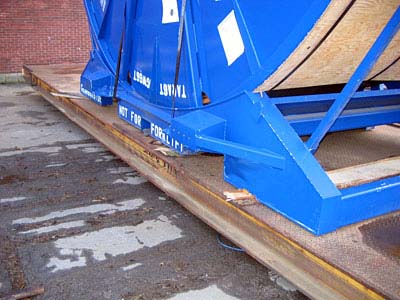
Figure 118: Load distributing mechanism suitable for heavy loads When distributing loads, steps must be taken to ensure that a load of 30 daN/cm² on the lumber (on the grain side) is not exceeded. The load threshold for simple storage sleds for cable drums (see Figure 119) is reached at approx. 12 tons depending on the design of the cradle and the type of lumber used. As of this weight, cradles of wood or steel must be used. 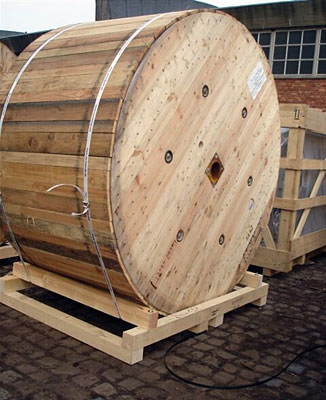
Figure 119: Lumber load distribution construction Cradles absorb the weight force of a cable drum on a "wide" circular section and their construction conducts these forces into large areas of the loading area. With lumber sleds, the forces from the cable drums tend to be absorbed as point forces. Because the pressure becomes too high for the wood at the points of contact, heavy cable drums must be stored and transported in cradles (see Figure 120). 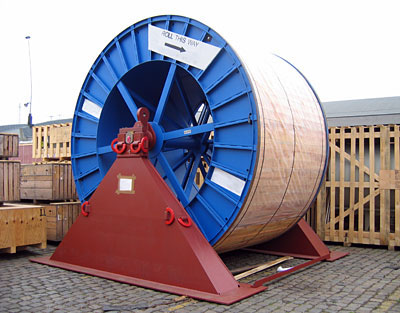
Figure 120: Optimum load distribution providing good load-securing facilities Load securing is often problematic with cable drums. Large, heavy drums in particular are difficult to secure. At high weights*, simply threading a lashing through the eye is no longer sufficient. Load-securing facilities must be provided on the packaging or on the loading frames that are able to safely conduct the expected forces into the drums without damaging them.
|
| Top of pageContents |
